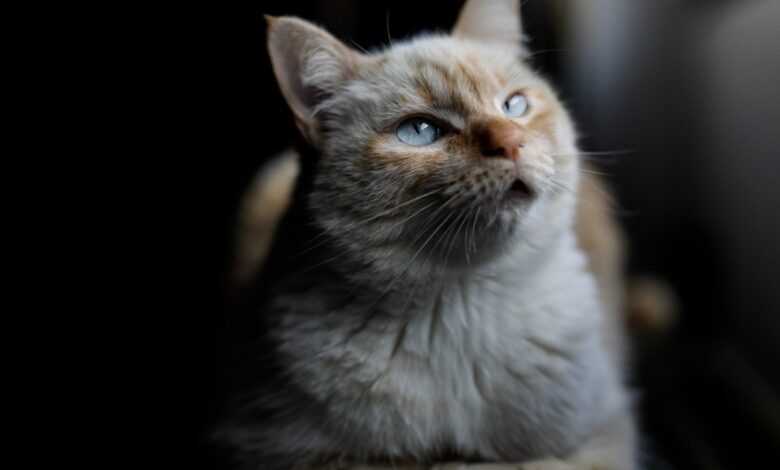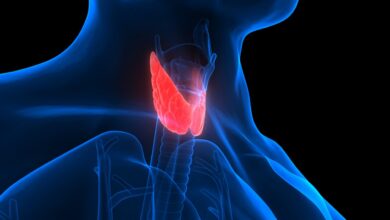Study names animals most likely to cause next big COVID outbreak

Cats, rabbits and hedgehogs have all been implicated in a new study that aims to predict the animals most likely to launch the next deadly COVID-19 outbreak.
With the help of artificial intelligence, biologists were able to design a prediction model that could prioritize potential hosts of virus strains already known to exist, but have not yet reached humans.
“We want to know where the next coronavirus might come from,” said Dr. Marcus Blagrove, a University of Liverpool virologist who worked on the study, BBC reported.
Their findings, published in Nature Communications on Tuesday, describe how artificial intelligence was used to predict previously unsuspected animal hosts of a novel — and potentially deadly — coronavirus strain.
CALIFORNIA TO BOOST COVID-19 VACCINE ROLLOUT WITH BLUE SHIELD CONTRACT
Finding which of the 876 potential mammal species might host one — but often dozens — of the possible 411 strains was the easy part. The trick was parsing out species that could harbor two strains at once, creating a breeding ground for a powerful mutant virus.
“One way [viruses are] generated is through recombination between two existing coronaviruses,” said Blagrove. “So two viruses infect the same cell and they recombine into a ‘daughter’ virus that would be an entirely new strain.”
Animals such as the civet, common hedgehog, European rabbit, dromedary camel, some primate species and domesticated pigs and cats were named prime suspects for recombination of SARS-CoV2 — the strain that caused COVID-19 — with perhaps dozens of other coronaviruses. These creatures join the list of usual suspects, including bats and pangolins.
Recombination has already been observed in some of these species, according to previous studies cited in the new report. But to identify novel sources for those as-yet undiscovered “daughter” strains, the algorithm based its assessment on biologic similarities between known hosts and their related species, according to lead researcher Dr. Maya Wardeh.
90-YEAR-OLD WOMAN BRAVES SNOW STORM, WALKS 6 MILES FOR COVID-19 VACCINE
“We were able to predict which species had the chance for many coronaviruses to infect them,” she explained. “Either because they are very closely related [to a species known to carry a coronavirus] or because they share the same geographical space.”
Scientists hope these findings will help encourage more thorough monitoring of how and where the wild meets the human world, as researchers point out that viral “spill over” from animals to people is mostly the result of reckless human activity.
“This is not a reason to demonize these species,” said Dr. Wardeh.
Source link





